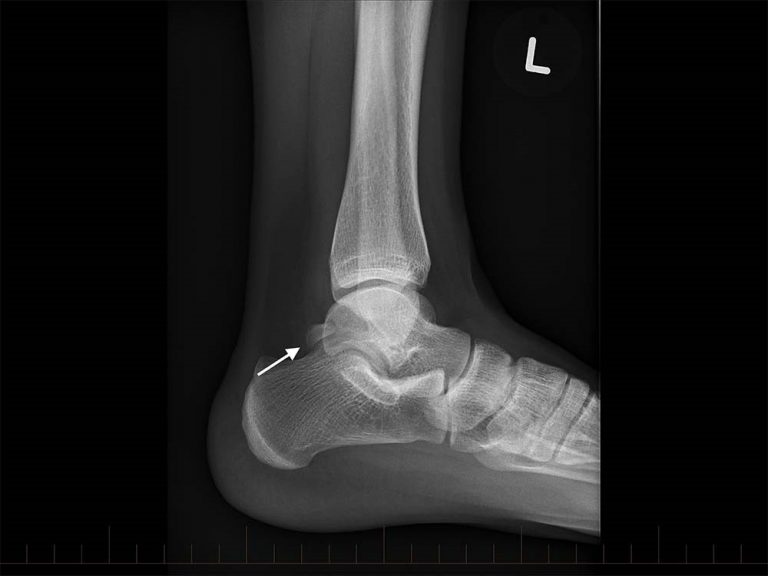What is it?
Posterior Impingement Syndrome causes pain at the back of the ankle from the tibiotalar and talocalcaneal joints during end range plantarflexion (pointing ankle down). The pain is from one or more of the below: bone obstruction, soft tissue entrapment, inflammation, scarring, hypermobility.
What does it feel like?
A Sharp pinching pain and occasionally a residual dull pain afterwards, occurring mainly when plantarflexing the foot. It can also be painful to touch, limit your movement of the ankle and feel unstable to walk on.
What Causes Posterior Impingement Syndrome?
The most common cause of posterior impingement is bone malformation, continual trauma in plantarflexion (footballers, dancers, kicking sports) and rolling ankle.
How is Posterior Impingement Syndrome Diagnosed?
Your Physiotherapist can diagnose the pathology through a thorough verbal and physical assessment. They may also refer onwards for an X-Ray or Ultrasound for further assessment if they feel it is beneficial.
How can Back in Action Physiotherapy help?
At Back in Action we will do a thorough assessment to help provide the correct diagnosis. We will also ensure we spend time to listen to how your symptoms are affecting your daily activities as well as your recreational and occupational activities. Your physio will also help guide you to set goals and aims from the treatment sessions regularly reassessing these. We will provide a thorough treatment to ensure you get better, faster and return to your activities, sport and work.

